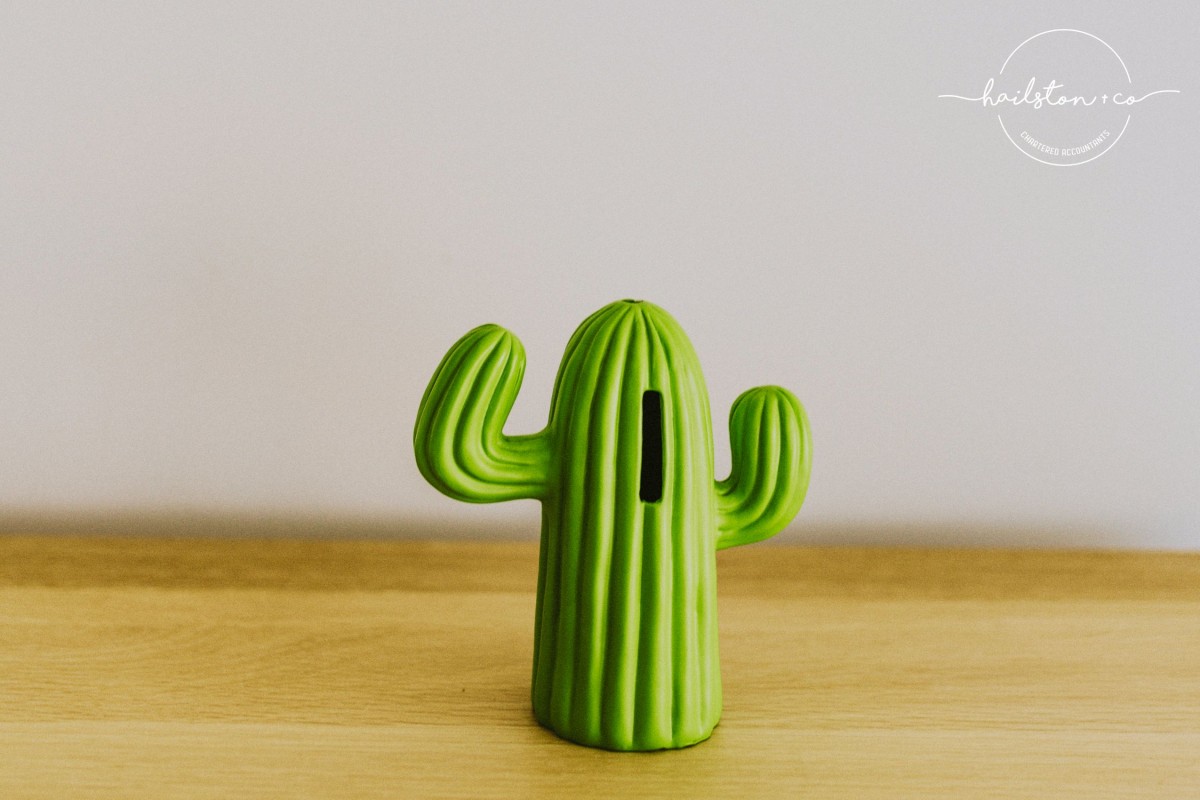
Have you ever got to the end of the month, quarter or year and wondered ‘after all that hard work – where is the cash?
Don’t worry – you are not alone. We are here to help unpack ‘where the cash has gone’.
Why a second bank account helps managing business cash flow
Managing cash flow can be difficult and one of the main reasons it can be difficult is due to the timing of cash inflows and outflows.
In a world with no cash flow timing issues, your customers would pay you immediately and any bills and liabilities to be paid would be paid immediately. This would mean that at the end of the day you would have a fair degree of clarity in relation to your cash position.
In reality this is not the case. Your cash position may be lower because your customers haven’t paid you and conversely your cash position may be higher because you have yet to pay your upcoming bills.
Two key examples of this are GST and PAYG.
As you receive cash for invoices that include GST and as you pay staff, there will be a period in which your cash position includes cash that is effectively not yours as you will be holding GST and your staff’s PAYG.
A second bank account can help you manage cash flow as you can set up a bank account to act as a bucket for your upcoming BAS. One way this could work is that when you pay staff you then transfer the PAYG from your day to day bank account to BAS bank account.
This will help you manage cash flow as it will provide greater clarity as to which cash is available to the business and which cash is effectively already spent.
Recommendations:
- Setup at least one tax bucket account and start to transfer funds from the main account to this bucket account. This will ensure you have dollars set aside to pay tax liabilities when required.
- Consider a third bank account for investment purposes. If you are wanting to grow your business, consider the cost of a new employee or a new piece of equipment. You want to have at least 3 months set aside in cash before the new hire or new piece of equipment is purchased.
Wondering where all you cash has gone?
Have you ever got to the end of the month, quarter or year and wondered ‘after all that hard work – where is the cash?
Don’t worry – you are not alone. We are here to help unpack ‘where the cash has gone’.
To support our clients in these challenging times, we are offering a one-off complementary report detailing where the cash is being spend and making potential recommendations for cashflow improvement.



